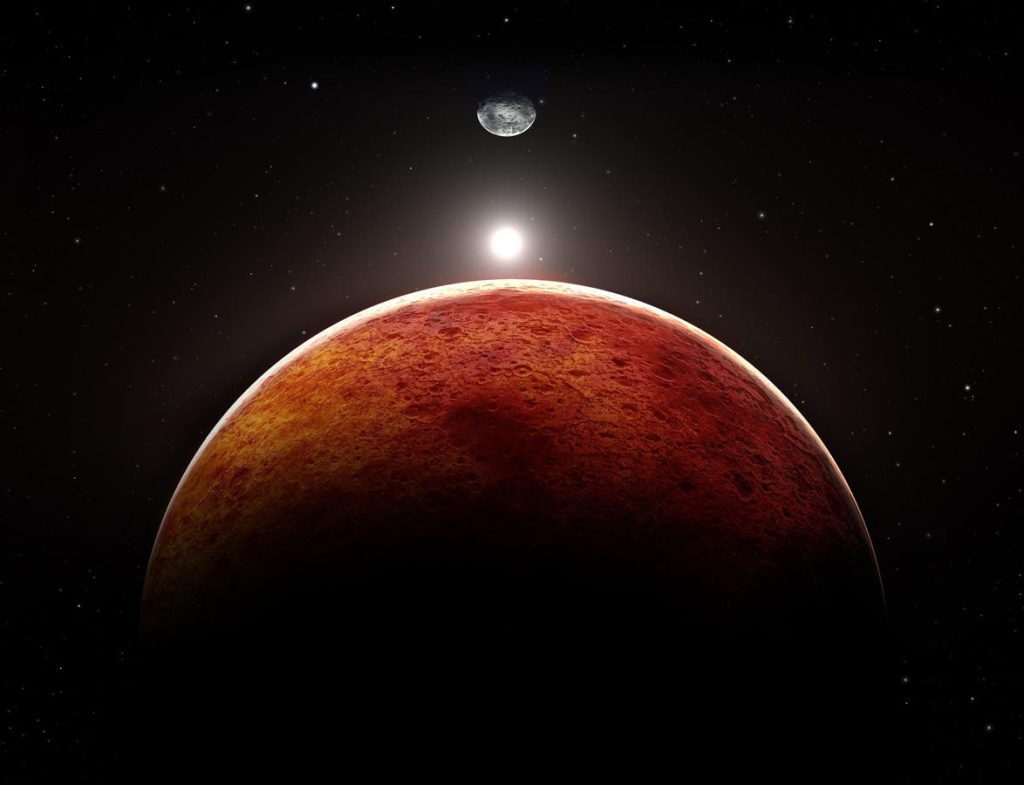See The ‘Planet Parade’ As Moon And Mars Skim Bright Stars: The Night Sky This Week – Forbes

This week sees a number of close conjunctions between the Moon, stars, and Mars.Each Monday, I pick out North America’s celestial highlights for the week ahead (which also apply to mid-northern latitudes in the northern hemisphere). Check my main feed for more in-depth articles on stargazing, astronomy, eclipses and more.From a ‘planet parade,’dark evening skies perfect for stargazing to a very (very) close conjunction of the moon and bright star Spica, here’s everything you need to know about stargazing and astronomy this week:Monday, Jan. 20: Moon And Spica Around midnight tonight in the east, a 55%-lit waning gibbous moon will be just a tenth of a degree from Spica, the brightest star in the constellation of Virgo and about 250 light-years distant. The moon will be in close conjunction with Spica every month in 2025, but this one is the nearest.Today will see a Last-Quarter (or Third-Quarter) Moon, which will appear half-illuminated and rise around midnight. The moon’s rising and setting times shift later by about 50 minutes each night, which means this weekend will feature moonless nights.Social media would have you believe that tonight there’s very rare planetary alignment. In fact, it’s not specific to tonight or even this week, but Venus, Saturn, Jupier and Mars are all now visible to the naked eye in the post-sunset night sky.Thursday, Jan. 23: Mars Meets ‘The Twins’ Look south anytime after dark, and you’ll see the red planet Mars just a couple of degrees from bright star Pollux in Gemini, with the other “twin” of Gemini, Castor, close by. At 34 and 51 light-years distant, these star systems are in the sun’s neighborhood. Pollux is a single giant star nine times the radius of the sun with one confirmed exoplanet in orbit, while Castor is not one, but six stars.Friday, Jan. 24: Moon And Antares In Conjunction This morning, rising in the east about three hours before sunrise will be a 26%-lit waning crescent moon barely a third of a degree from Antares, the “Heart of the Scorpion” in the constellation of Scorpius. A red supergiant star 12 times the mass of the sun, Antares is one of the biggest stars we know of.Distinctly orangey-red to the observer (primarily through binoculars) and known as the “rival of Mars” because of its rosy color and because Mars passes it closely every 26 months. If you put it in the solar system, it would reach almost as far as to where Jupiter orbits.The times and dates given apply to mid-northern latitudes. For the most accurate location-specific information, consult online planetariums like Stellarium.Wishing you clear skies and wide eyes.One Community. Many Voices. Create a free account to share your thoughts. Our community is about connecting people through open and thoughtful conversations. We want our readers to share their views and exchange ideas and facts in a safe space.In order to do so, please follow the posting rules in our site’s Terms of Service. We’ve summarized some of those key rules below. Simply put, keep it civil.Your post will be rejected if we notice that it seems to contain:User accounts will be blocked if we notice or believe that users are engaged in:So, how can you be a power user?Thanks for reading our community guidelines. Please read the full list of posting rules found in our site’s Terms of Service.





